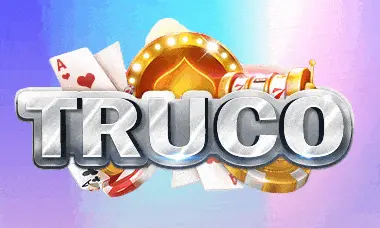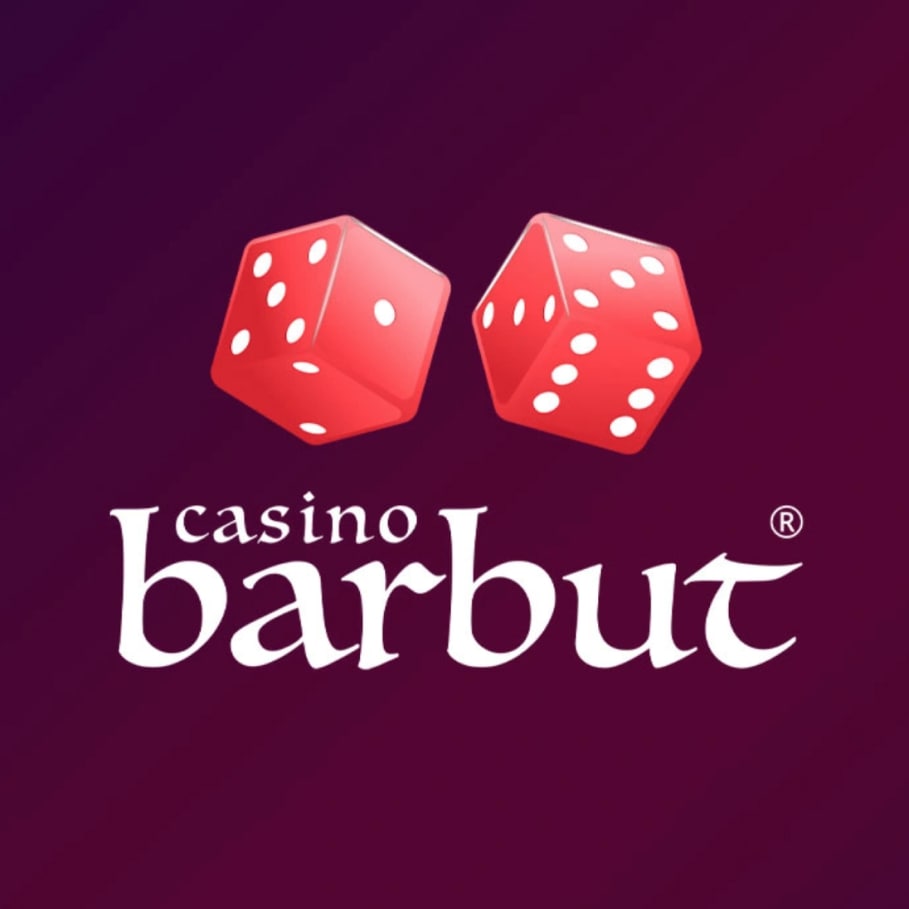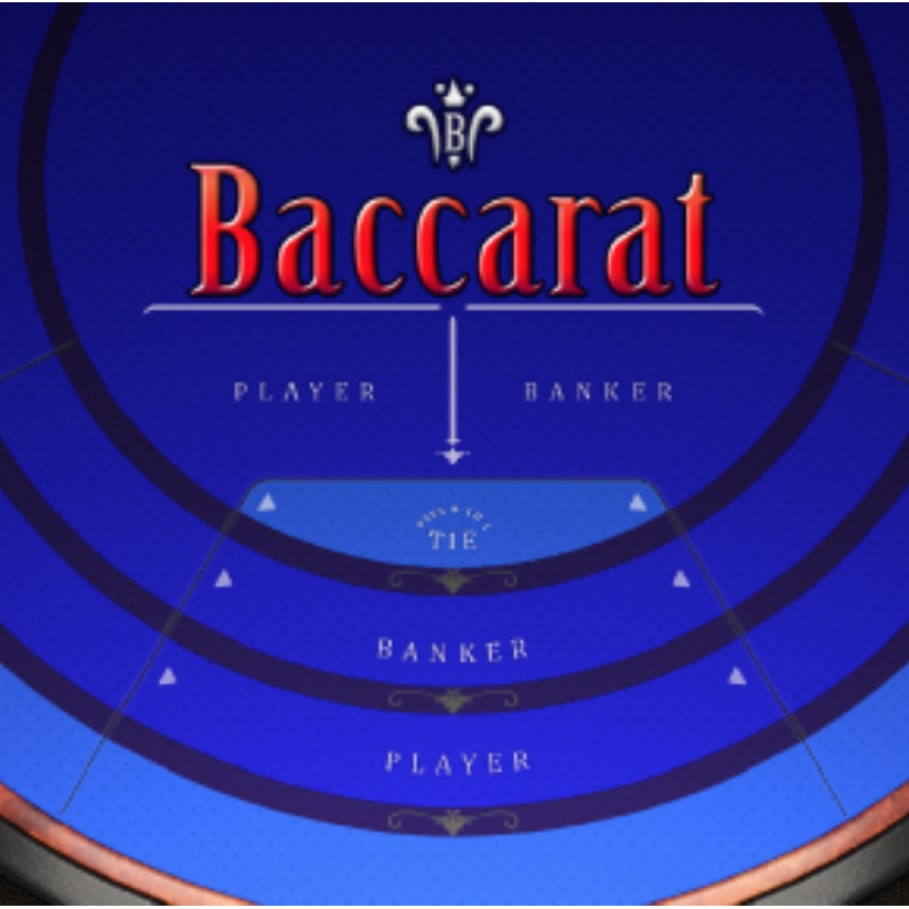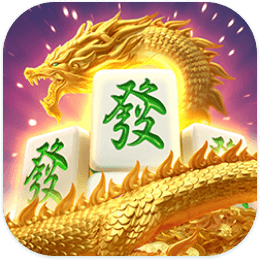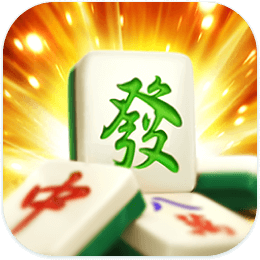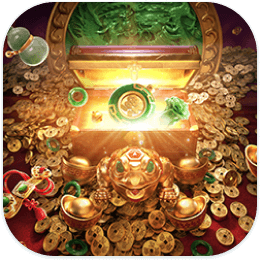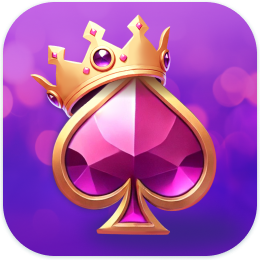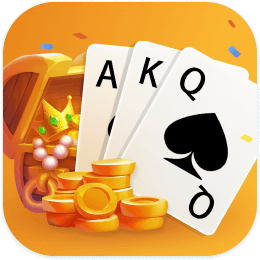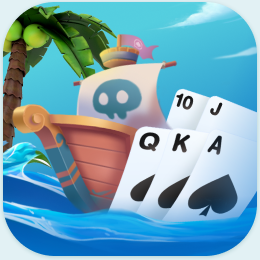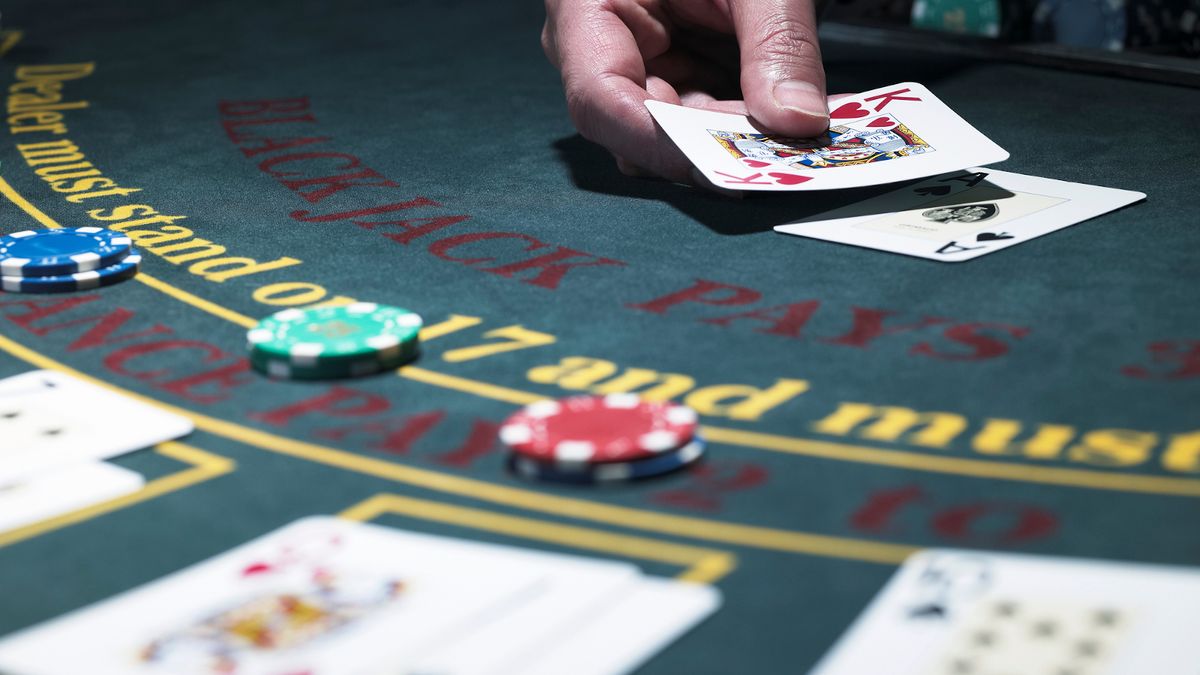15 of the Best Blackjack Strategies

The following strategies can be used in all games unless stated otherwise. The strategies discussed below also assume you are a recreational player, and not a card counter.
This is a situation where most players chicken out and stand on their 12 because they fear busting. The bottom line is this: against a dealer’s 2 or 3 upcard, you will lose money in the long run whether you stand or hit; however, you will lose less money by hitting (even at the risk of busting some of the time), which is why it is the best strategy.
Players mistakenly believe that a hand that totals 18 is a sure win, which is why they stand on soft 18 (A-7), especially when the dealer is showing a “strong” upcard (e.g., 9, 10, or Ace). The facts are these. When you hold an A-7 against dealer’s 9, 10, or Ace, you are the underdog whether you stand or hit; however, you are less of an underdog if you hit A-7. This is because if you draw a small card (e.g., Ace, 2, or 3) you will end up with a pat hand that’s higher than 18, which will improve your chances of winning at blackjack. And if you draw any of the four ten-valued cards, you do no harm to the hand. Bottom line: Your best strategy is to always hit A-7 when the dealer shows a 9, 10, or Ace with a goal of getting to either a soft 19–21 or a hard 17 through 21.
You are the favorite when you hold a two-card 10 against any dealer’s upcard of 9 or less, which is why doubling down is your best strategy. It’s a simple rule to remember: always double down on 10 when the dealer’s upcard is 9 or less.
Always double down on hard 11 against dealer’s ace, soft 19 (A-8) against dealer’s 6, and A-7 against dealer’s 2
In all games, you stand to win more if you always double down an A-2 through A-7 (i.e., soft 13 through 18) when the dealer’s upcard is a 5 or 6, making it the best strategy.
Most players know to split a pair of 9s when the dealer’s upcard is 9 or less. Where they fumble the ball is when the dealer shows a 7. In this case, your best strategy is to stand because you’ll win slightly more money than splitting. One way to remember this best strategy is as follows. There is a good chance that the dealer will have a ten in the hole since there are four times as many ten-value cards in a deck than other ranks. Therefore, when the dealer’s upcard is a 7, she often has a pat 17. Your pair of 9s, which is an 18, would beat her potential 17, which makes standing the better play vs. hitting.
A hard 15 and 16 are two of the worst hands in blackjack, especially when the dealer is showing a strong upcard (e.g., 9, 10, or Ace). You are the underdog but you can minimize your losses by surrendering the above hands against the indicated dealer’s upcards. Surrender is your best strategy simply because it saves you money in the long run.
In double- and multi-deck games, you never double down with a two-card 8; however, in a single-deck game, the odds of blackjack shift to make doubling down the superior strategy over hitting.
The reason splitting is the better strategy with DAS is because if you split, say, a pair of 2s and draw a 9 giving you an 11, or an 8, giving you a 10, you would be able to bet more money (by doubling down) in a very favorable situation.
The traditional blackjack basic strategy takes into account only the total of the player’s hand and the dealer’s upcard. With a hard 16 against a dealer’s 10 upcard, the strategy states to hit (assuming surrender is not offered). Although this strategy is correct, you can improve your playing accuracy by taking into account whether your 16 is a multi-card 16. In the latter case (e.g., 7-5-4), your best strategy is to stand against a dealer’s 10 upcard.
STRATEGY #15: NEVER PLAY A 6 TO 5 BLACKJACK GAME
Historically, a blackjack hand has always been paid at 3 to 2 odds. For example, if you bet $10 and you have an (untied) blackjack, you will be paid $15 in winnings. Nowadays, many casinos pay a winning player’s blackjack at only 6 to 5 odds. (A $10 wager would win you only $12 in a 6 to 5 game.) The house edge increases by about 1.45% in a single-deck game with 6 to 5; moreover, if 6 to 5 is offered in a double- or multi-deck game, the house edge escalates to greater than 2%. Your best strategy is to play only blackjack games that offer a 3 to 2 blackjack payoff.
BLACKJACK STRATEGY CHART
The best playing strategies for blackjack are presented in a strategy chart as shown below. Across the top row is the dealer’s upcard; down the first column is your hand. To use the chart, locate your hand (or the total count of your hand) in the first column and go across to the column representing the dealer’s upcard. At the intersection is the best playing strategy for that hand.
For example, suppose you are dealt a pair of 6s and the dealer’s upcard is a 4. You find the row for 6-6, go across to the dealer’s 4 upcard, and at that intersection you see a P, meaning the best playing strategy is to split the 6s when the dealer’s upcard is a 4. Likewise, suppose you are dealt a 10-5 (15) and the dealer’s upcard is a 6. The above chart tells you to stand (S).
The best playing strategy for any given blackjack game is dependent on the number of decks of cards and the mix of the playing rules. Any changes to one or the other may alter the playing strategy slightly. Nevertheless, you could use the strategy shown in the chart below for all games without too much cost, although my recommendation is to use the strategy that is designed for the precise game that you are playing. Note: You can find the best playing strategy that is specific for any mix of playing rules and number of decks of cards by going to Chapter 3 in the Ultimate Blackjack Strategy Guide.)
The best playing strategies for blackjack are presented in a strategy chart as shown below. Across the top row is the dealer’s upcard; down the first column is your hand. To use the chart, locate your hand (or the total count of your hand) in the first column and go across to the column representing the dealer’s upcard. At the intersection is the best playing strategy for that hand.
For example, suppose you are dealt a pair of 6s and the dealer’s upcard is a 4. You find the row for 6-6, go across to the dealer’s 4 upcard, and at that intersection you see a P, meaning the best playing strategy is to split the 6s when the dealer’s upcard is a 4. Likewise, suppose you are dealt a 10-5 (15) and the dealer’s upcard is a 6. The above chart tells you to stand (S).
The best playing strategy for any given blackjack game is dependent on the number of decks of cards and the mix of the playing rules. Any changes to one or the other may alter the playing strategy slightly. Nevertheless, you could use the strategy shown in the chart below for all games without too much cost, although my recommendation is to use the strategy that is designed for the precise game that you are playing. Note: You can find the best playing strategy that is specific for any mix of playing rules and number of decks of cards by going to Chapter 3 in the Ultimate Blackjack Strategy Guide.)
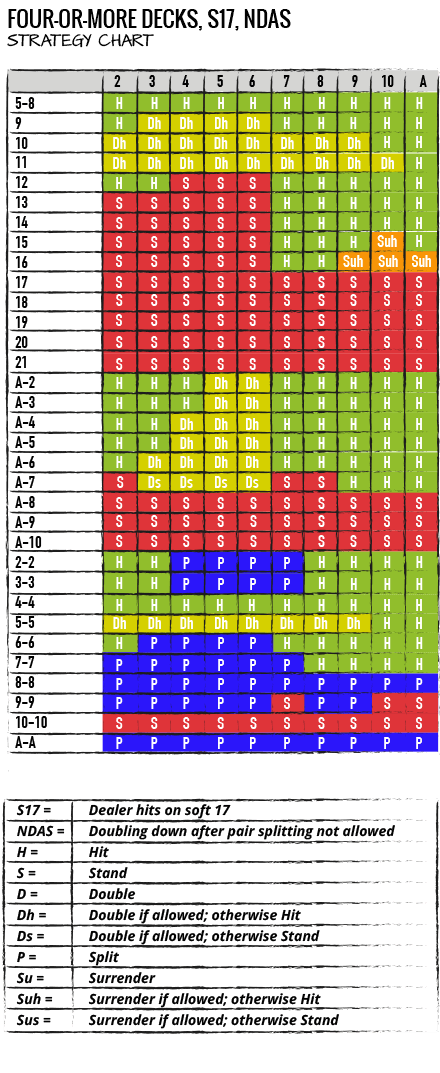
HOW TO MEMORIZE A STRATEGY CHART
Here are four approaches you can use to memorize the best playing strategy.
- Prepare flashcards using index cards. Write the player’s hand on one side, and on the other, the best playing strategy. (For example, “A-6” on one side, and the other side “Double down on 3‒6; otherwise hit.”
- Using pencil and paper, create a blank strategy chart yourself, and then fill in the correct strategy for every hand from memory. If a play repeats itself all the way across a certain row, such as your play for holding hard 17, just write the letter once and use an arrow, going to the right, to save time.
- Practice making the correct playing decision by using a deck of cards. Deal yourself two cards (representing your hand) and turn over a dealer’s upcard. Decide how you would play the hand then check your answer with a strategy chart.
- By using commercially available blackjack software, you can practice making the best playing decision on your smartphone or personal computer. (There are also online practice sites that deal and tell you if you made a basic strategy mistake.)
- Note: For additional details on the above ways to memorize the best strategy, see Chapter 4 in the Ultimate Blackjack Strategy Guide.
FAQ
Q. Can I bring a cheat sheet containing the best strategy with me when I play blackjack?
A. Yes, you can. However, I recommend using a commercially available strategy card, such as Don Schlesinger’s Ultimate Blackjack Strategy Cards, since they are laminated, sturdy, color-coded, and easy to use. For security reasons, do not lay the strategy card (or any strategy sheet) on the blackjack table; instead, hold it in your hand.
Q. How long will it take to memorize the strategy on the charts?
A. If you practice using one, or a combination, of the four ways mentioned above, it shouldn’t take more than a couple of hours. Additionally, you can always bring a strategy card with you when you play and refer to it if you are not sure of the best play.
Q. I like to have fun when I play in a casino. Memorizing a strategy chart seems like too much work.
A. If you spend the time to learn the best playing strategy, you can reduce the house edge to less than 1%. (Depending on the rules, you could reduce it to half a percent or less.) This increases your chances of winning more, or losing less, money when you play blackjack, and at the minimum, increases your playing time. If you make decisions on how to play each hand by the seat-of-your-pants, or worse, guess, it will cost you a lot more money in the long run. Trust me: your blackjack experience will be more fun and enjoyable when you win more or lose less if you invest the small amount of time it takes to learn the best playing strategy. (Note: How much more will it cost you not to learn? See Chapter 2.1 in the Ultimate Blackjack Strategy Guide for an analysis of how much it will cost you when you don’t take the time to learn the best playing strategy.)
Q. Which is the most important “best strategy” of the 15 you mentioned?
A. By far it’s to avoid playing any blackjack game where an untied blackjack pays only 6-5, or worse, even money. Only play blackjack games where you are paid 3-2 for a blackjack.
Q. Can I use the best strategy when I play blackjack in an online casino?
A. Yes. As long as the playing rules are similar to the ones discussed above, you can, and should, use a strategy card when you play online.
Use these Blackjack Strategy Charts to learn the correct decision for every hand. Basic Strategy is the first step to beating blackjack with card counting
This site only collects related articles. Viewing the original, please copy and open the following link:15 of the Best Blackjack Strategies

